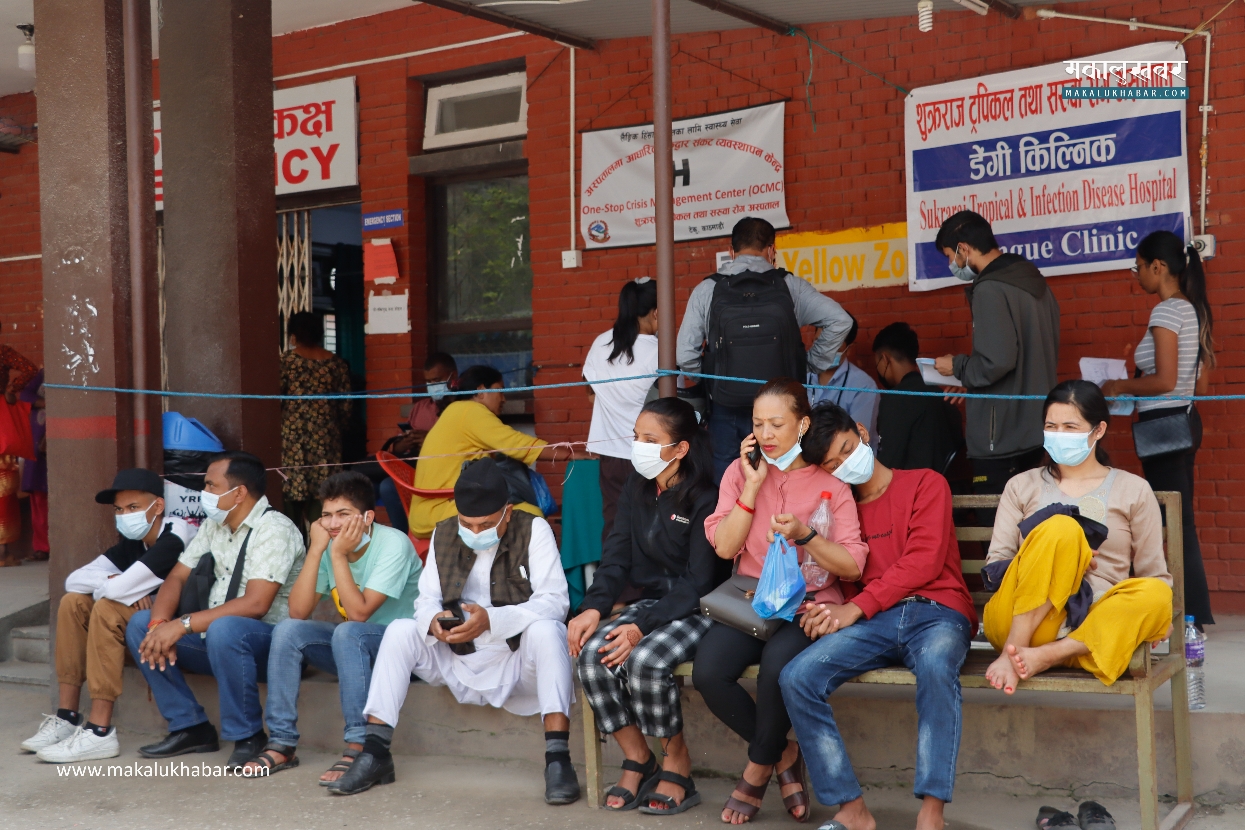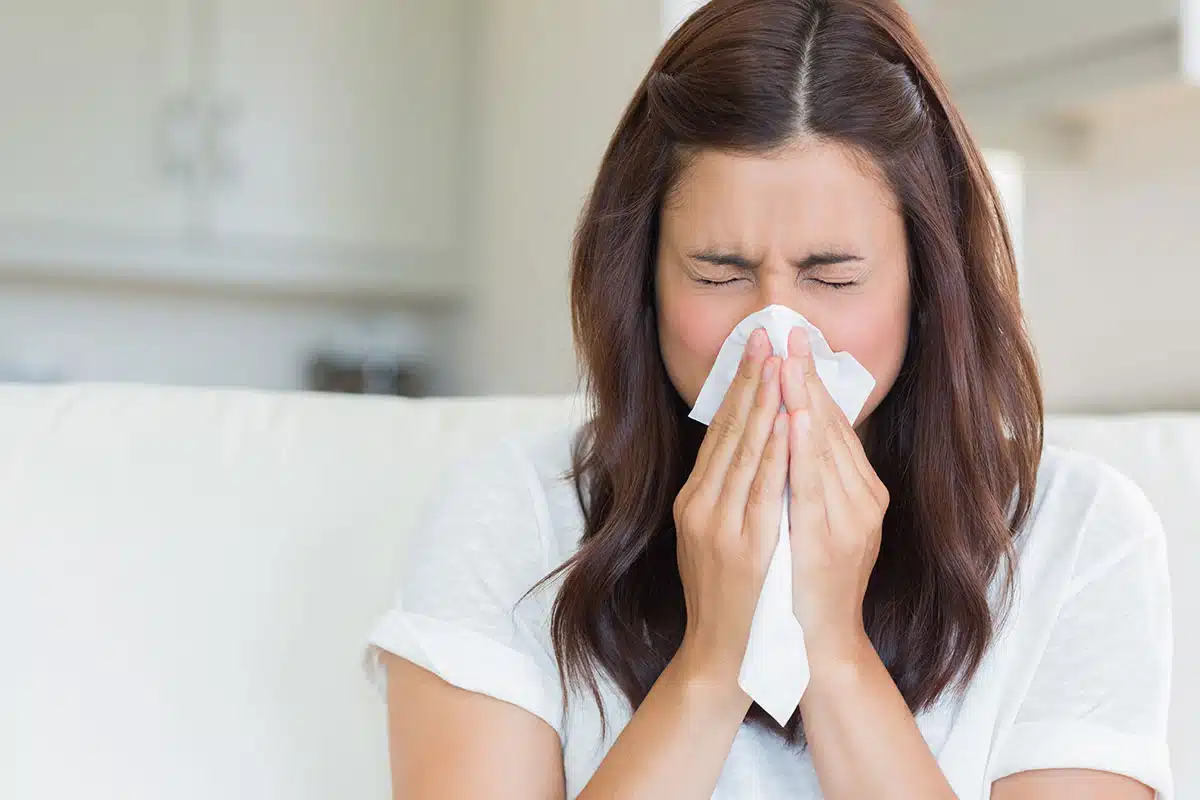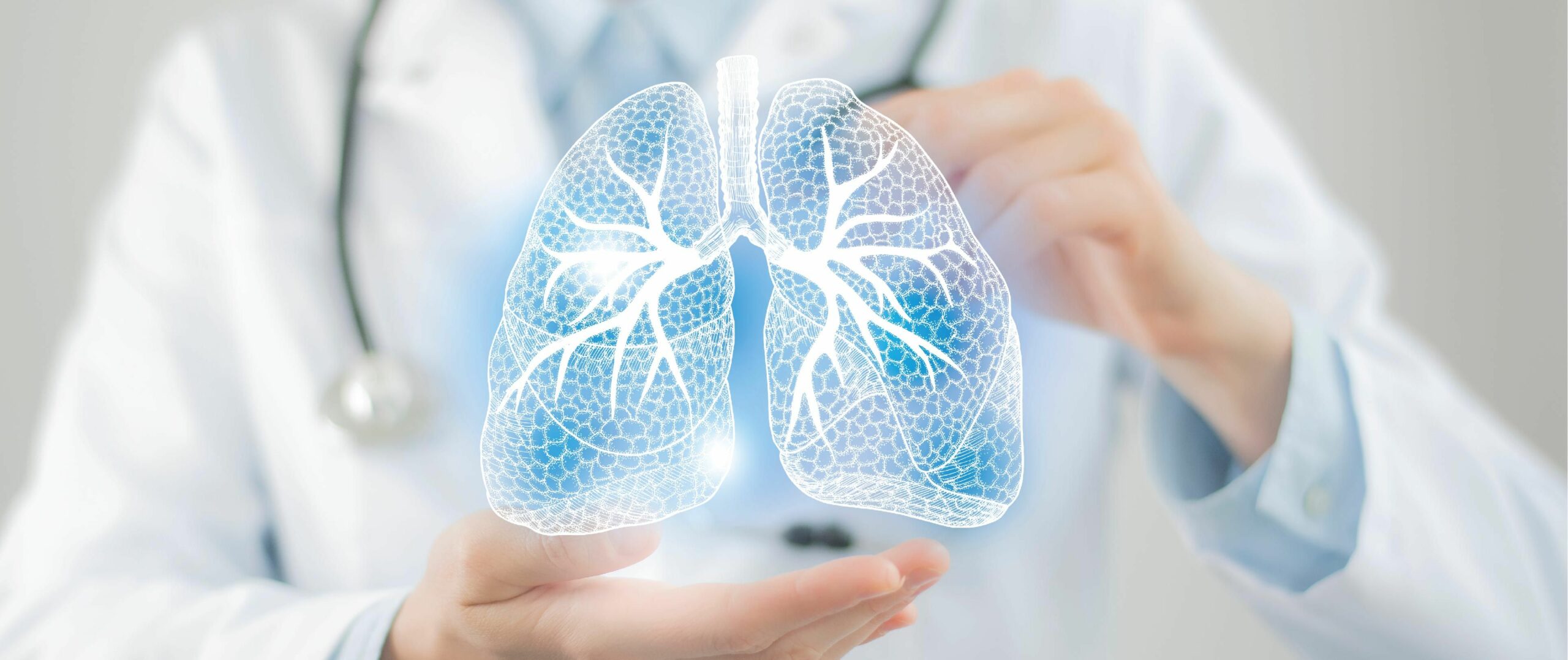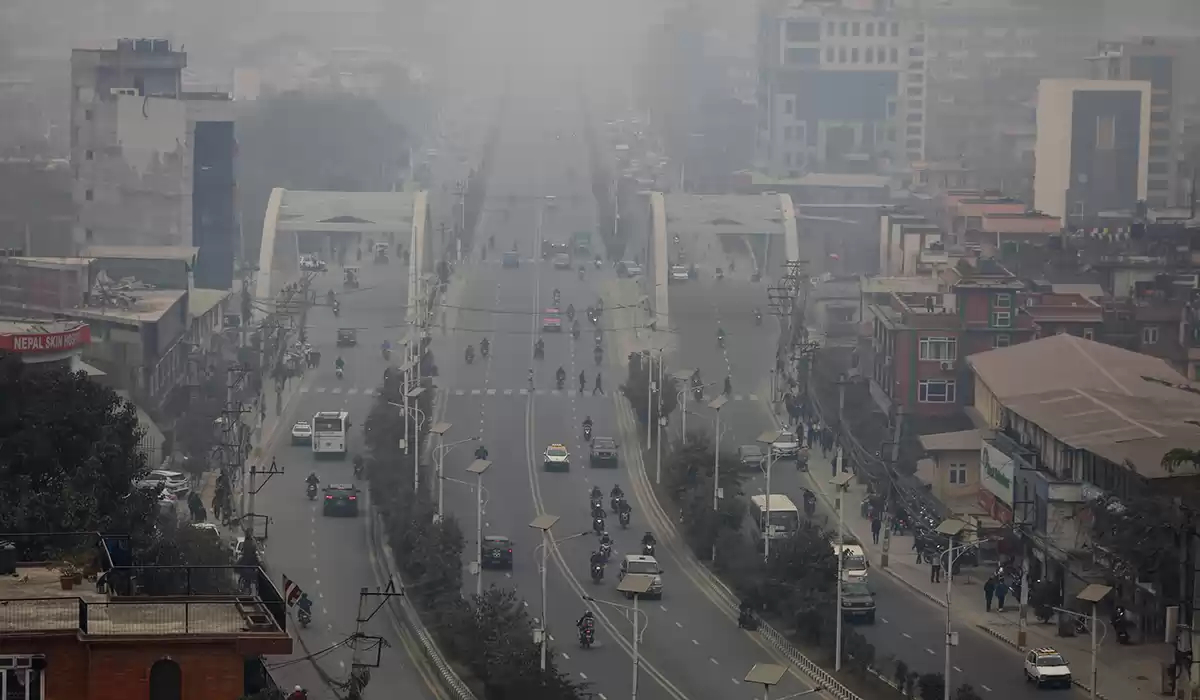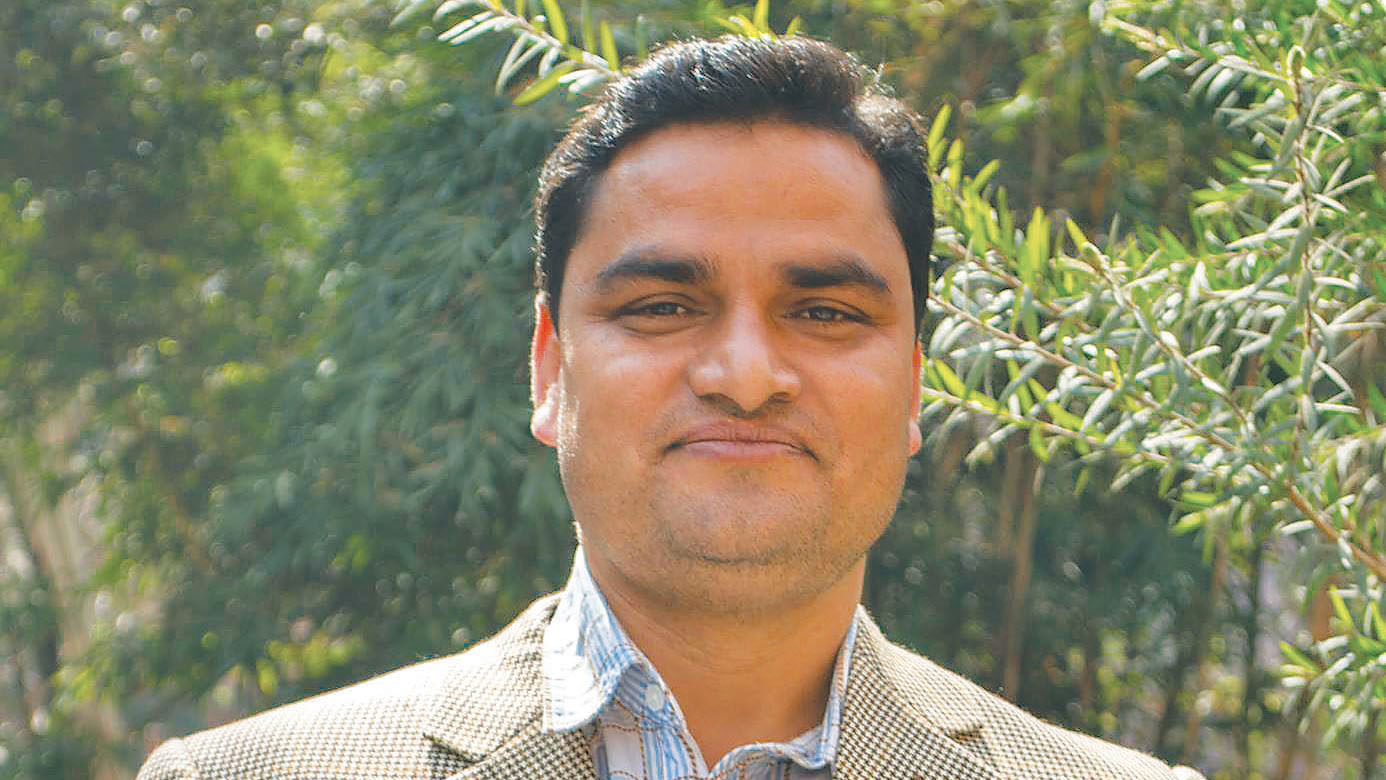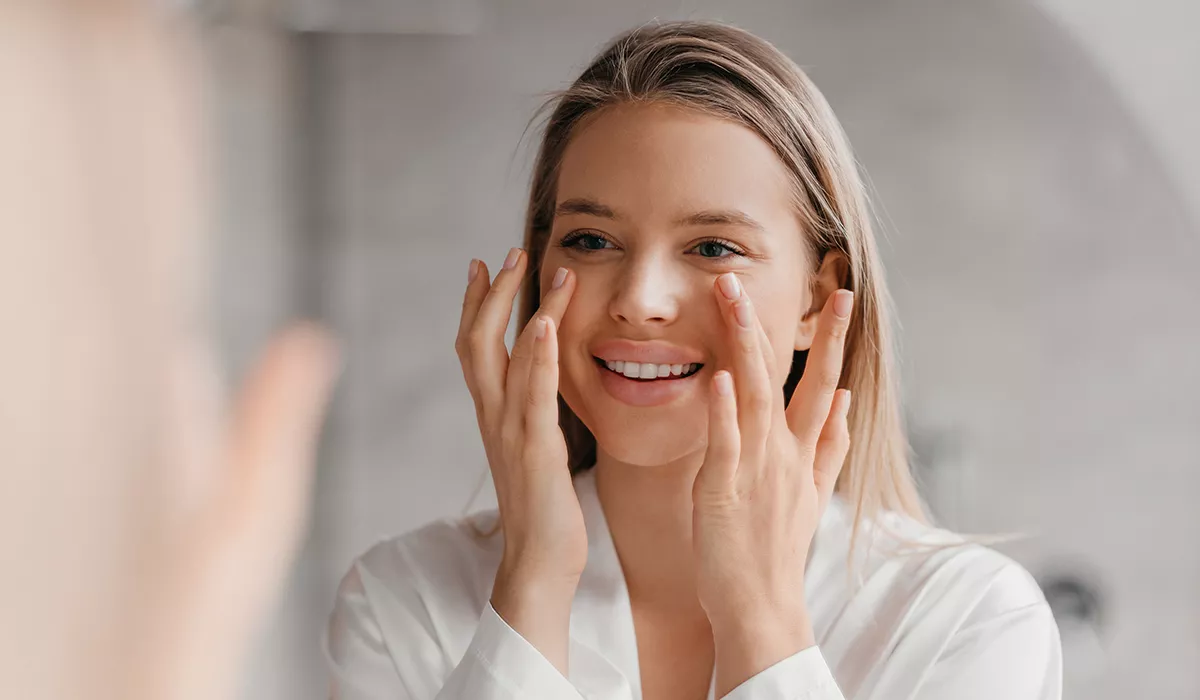Should you exercise when it’s hot?
Anyone can get heat illness, so watch for signs that you need to cool down.
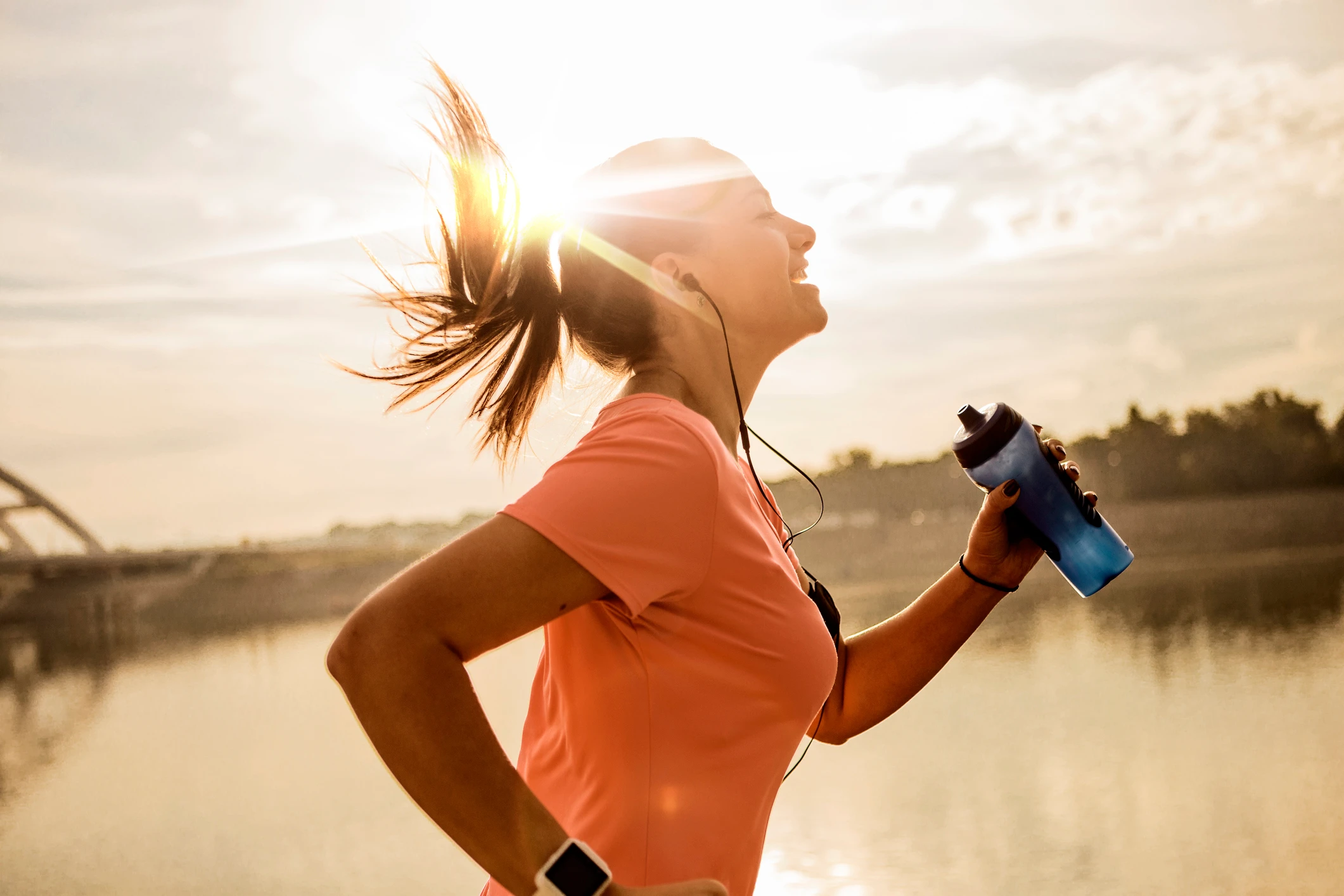
KATHMANDU: Warm, sunny days are perfect for outdoor exercise. You don’t need a jacket or gloves. You don’t have to worry about slipping on a patch of ice during your morning jog. Just throw on your shoes and go, right?
Careful — sunny days have risks, too. If your body gets too hot, you could get heat illness. In mild cases, you might feel miserable for a few hours. But serious cases can be life-threatening.
Emergency room physician Tom Waters, MD, explains the different types of heat illness, their symptoms and how you can prevent them.
What is heat illness?
When we’re hot, our bodies sweat to cool us down. But sweating can only do so much. Heat illness happens when your body’s cooling efforts can’t keep up with the temperature and humidity around you.
“Sweating is our main mechanism to dissipate heat. When it’s hot and humid, we’re not very efficient at getting rid of heat,” Dr. Waters explains.
That’s when a heat illness can happen. Your body temperature rises, and you need to take quick action to lower it. Just getting out of the sun and drinking fluids might be enough to make you feel better. But if your symptoms are more severe, go to the emergency room.
Young children and older adults are more susceptible to high heat. They should take frequent breaks from the heat and drink plenty of fluids.
Heat cramps
Cramps are the first sign you’re overdoing it in the heat and need to cool down.
If you feel muscle spasms during your workout:
- Stop and get to a cooler area.
- Gently stretch and massage the affected muscles.
- Drink water or an electrolyte drink.
- Avoid drinks that contain caffeine or alcohol.
Don’t exercise again for the rest of the day, and make sure you’ve had plenty to drink. If your cramps don’t go away after an hour or you have heart problems, get medical help right away.
Heat exhaustion
Heat exhaustion is more severe than heat cramps. You may have symptoms, such as:
- Extreme fatigue.
- Shortness of breath.
- Dizziness.
- Vomiting.
- Fainting.
- Skin that feels cold and clammy or hot and dry.
- Low blood pressure.
- Weak but rapid pulse.
- Feeling chilled or getting goosebumps even though it’s hot.
To treat heat exhaustion, get out of the heat and sun ASAP. If possible, go inside an air-conditioned building. Loosen your clothes and drink water or electrolyte drinks. If you have access to a cool bath or wet washcloths, use one or both to get your skin’s temperature down.
If you’re vomiting or symptoms don’t get better within a few minutes, call 911 or head to the emergency room, Dr. Waters says.
Heatstroke
Heatstroke is the most severe form of heat illness. This life-threatening condition needs immediate medical attention. If you don’t get treatment, it can lead to brain damage or death.
Symptoms can include:
- Temperature of 103 degrees or higher.
- Skin that is hot, red or dry.
- Feeling disoriented or confused.
- Dizziness.
- Rapid pulse and breathing.
- Fainting.
If you think a person has a heatstroke, seek emergency medical care. Get them to a cooler place while you wait for an ambulance. If you’re driving them to an emergency room, use cold compresses and air conditioning to cool them down in the vehicle.
“If you notice a loved one is not acting right — if they’re confused or not themselves — they may be developing heatstroke. Get them out of the heat,” says Dr. Waters. “If they don’t recover quickly after that, or if they continue to act confused, take them to the emergency room right away.”
Working out in warmer months
You don’t have to avoid outdoor workouts when it’s warm. Here’s what you can do to prevent heat illness:
Fluids are your friend:- Drink water or electrolyte drinks every 15 minutes when exercising in the heat, even if you’re not thirsty. Aim for 2 to 4 cups (16 to 32 ounces) of fluids each hour. Start drinking before your workout, keep drinking as you go and continue to drink afterward.
Chill out about your workout:- Don’t duplicate your indoor routine when it’s muggy and in the 80s. Hot temperatures put stress on the body as it works harder to cool you down. If you want to exercise outside, take it down a few notches in intensity. You may also need to make it shorter than usual. A less intense, shorter workout is not a sign that you’re out of shape. It’s a smart way to stay healthy.
Try something different:- That 10-mile run isn’t the best idea when it’s hot out. A bike ride gives you a breeze and makes you feel cooler. Or enjoy a swim when the mercury climbs.
Go in the morning or evening:- The middle of the day isn’t a good time to exercise in the warmer months. Go out before 9 a.m. or after 7 p.m. to avoid the hot sun and excessive heat. If the temperature is 80 degrees or higher and the humidity is above 80%, take your workout inside.
Heatstroke is no joke
The symptoms of heat exhaustion and heatstroke can be difficult to tell apart. If you’re not sure, don’t try to guess or wait. The safest bet is to head to the emergency room.
-Health Essentials


